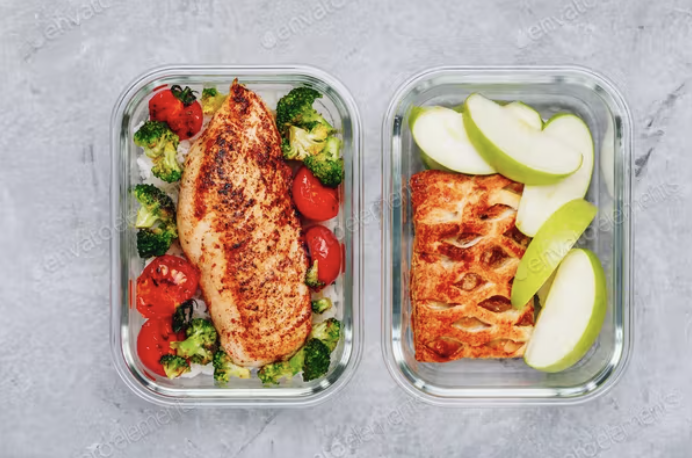The topic of snacking is a common one when it comes to fat loss. It is often a reason people cite for falling off-plan and not losing any weight or body fat.
It is also easier said than done. While you may have identified that snacking is a huge issue, it is often a struggle to stop it from affecting your progress. And the longer you wait to take action, the longer it will take to achieve your dream body shape.
So, what can you do about it? What strategies can you implement to ensure that you avoid over-snacking and therefore avoid going over your calorie intake?
Low Calorie Snacks
Firstly, it is important to note that you don’t have to remove snacks completely to make progress. However, you must be smart with the choices you make, and lower-calorie options are a perfect way to go.
Great examples include smaller chocolate bars, popcorn, yoghurt, fruit, and zero sugar drinks. Not only will this keep you within your calorie intake (providing you track), it will also ensure that you are full and satisfied, meaning you are less hungry, particularly in the evening, which is a popular time for snacking.
Remove Temptation From Your Environement

If you struggle to consume in moderation, you may have to go with a strategy of removing higher-calorie snacks altogether. As mentioned before, this is not a necessity but is the preferred option for some people.
The best way to do this is to remove snacks from your living environment completely. The fewer temptations there are around you, the less likely you are to over-snack, so make sure that you have better quality foods that you can reach. This will help you stay in control.
Save Your Calories
Another great strategy for not letting snacks ruin your progress is simply planning your food throughout the day and saving calories for the snack(s) you want to have. This is also down to nutritional awareness and knowing the calorie content in each food so you can strategise.
So, while it’s important to avoid going overboard with snacks that are highly processed and high in sugar, you can still include them in your diet if it makes your adherence easier. You just need to look at your food consumption on a daily basis and see how you can fit it in.
Stay Full and Satisfied

A big problem people have when on a diet to lose fat is hunger cravings, and often this comes from not being smart with what you are consuming. It is very possible to stay full and satisfied throughout the day whilst in a calorie deficit (burning more calories than you are consuming).
This is where nutritional knowledge is key, and consuming foods that are high in volume but low in calories. Such foods include lean meats, vegetables, fruit, and those high in fibre. This will take up plenty of space in your stomach and ensure that you will be able to last until your next meal, therefore staying in control.
Remembering Your ‘Why’
Finally, it is vital to not forget why you decided to get in shape. You should have deep, emotional reasons that you are aware off before you start your journey. This is crucial because you will not be always motivated to stick to your nutrition plan, but if you do come across temptation, reminding yourself of the bigger picture will help you pull back and stay in control.
Summary
So, if you are looking to get in shape, you must have strategies to avoid the issue of over-snacking. These include consuming low-calorie alternatives, removing temptation from your environment, saving your calories, staying full, and remembering your ‘why’.
These strategies will help you stay in control of your nutrition and keep you on track towards your goal of fat loss and a better body shape.
Photo Credit: Envato Elements


